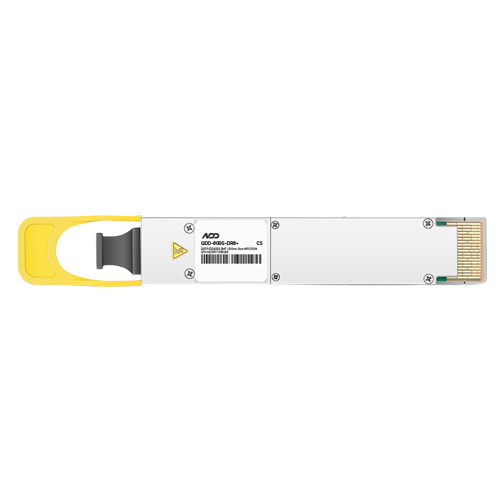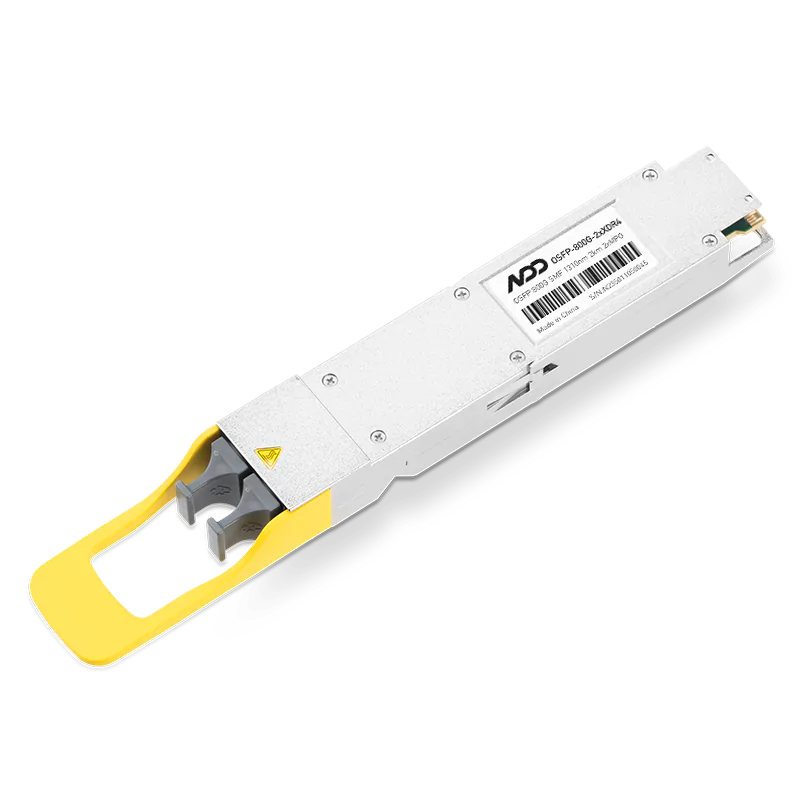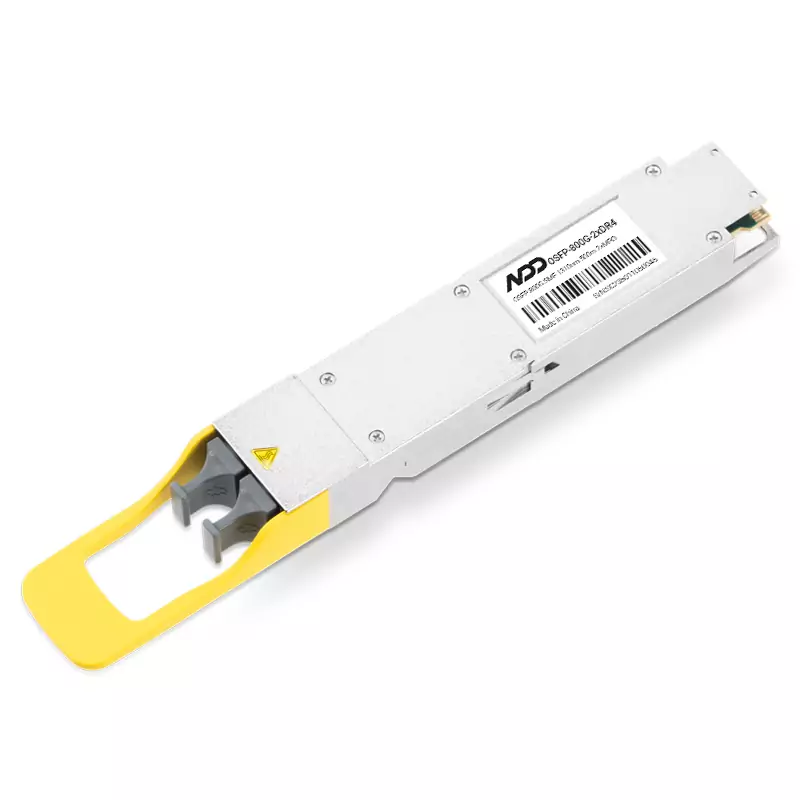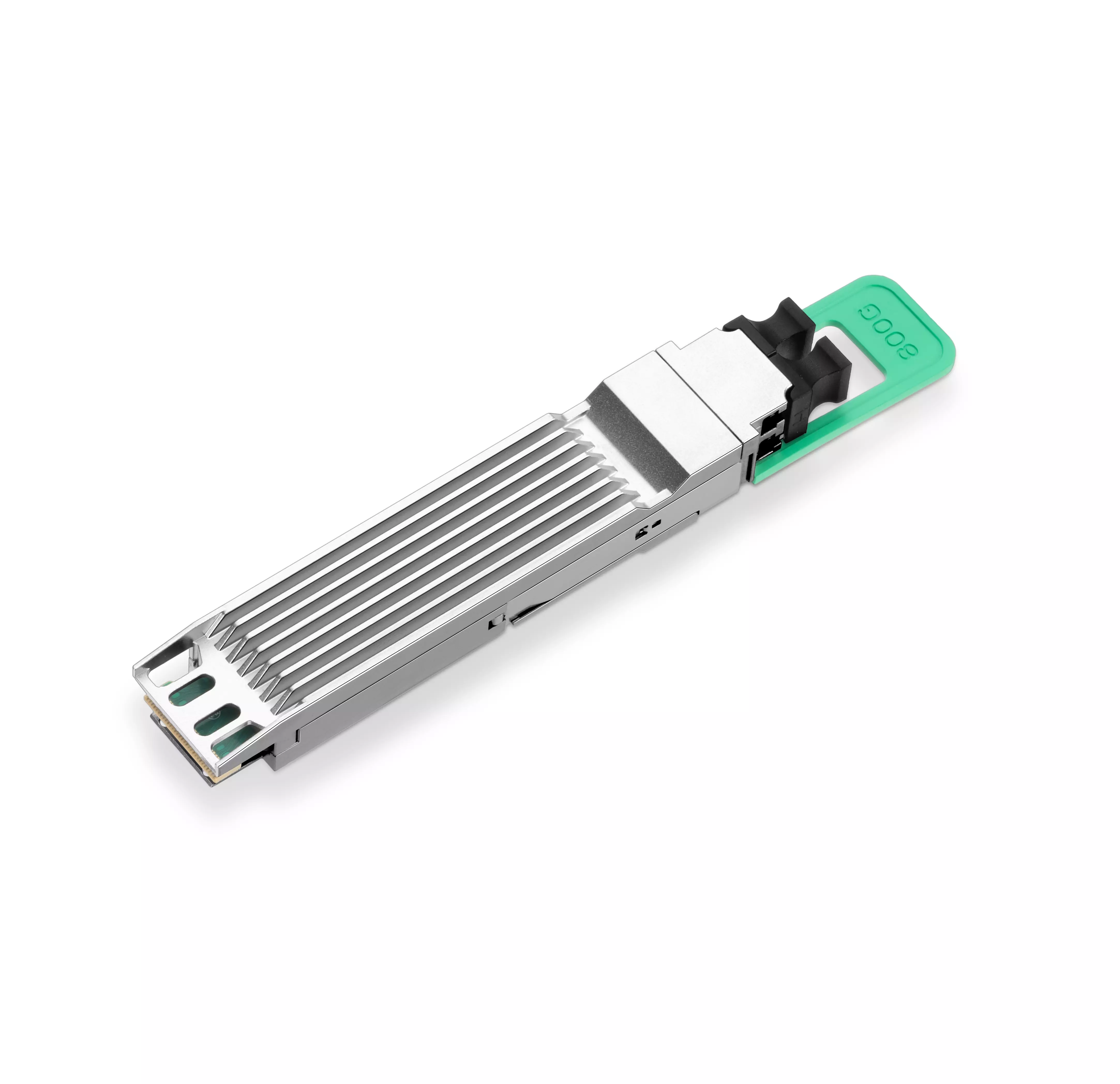Find the best fit for your network needs

share:
 800GBASE-2xSR4 OSFP PAM4 850nm 50m MMF Module
800GBASE-2xSR4 OSFP PAM4 850nm 50m MMF ModuleLearn More
Popular
- 1Optical Transceiver: Packaging Methods & Optical Chip Types
- 2Optical Transceiver: Channel Configuration, Modulation Schemes, and Future Development
- 3InfiniBand VS. RoCE v2:Which is Best Network Architecture for AI Computing Center?
- 4The Key Role of High-quality Optical Transceivers in AI Networks
- 5Common Problems While Using Optical Transceivers in AI Clusters











































